7 historic places in NYC recommended for state and national designation
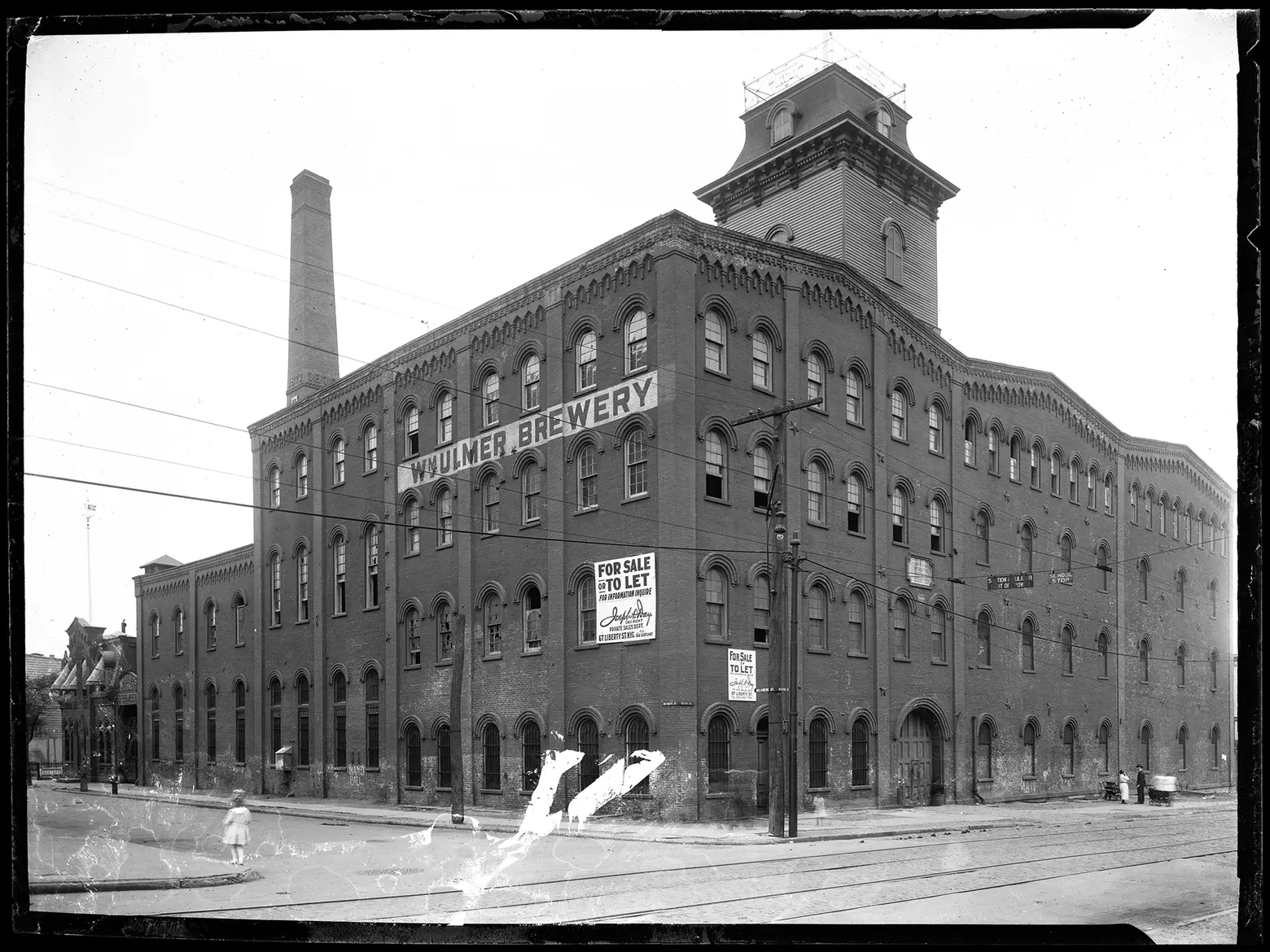
William Ulmer Brewery, at the corner of Belvidere Street and Beaver Street, Brooklyn (ca. 1920). Image courtesy of DXA Studio
Gov. Kathy Hochul last week announced the 36 properties and places in New York nominated for potential placement on the State and National Register of Historic Places. The seven New York City recommendations include Bushwick’s historic William Ulmer Brewery, the city’s first cast-iron office building, and a new historic district in Central Harlem that illustrates the neighborhood’s development as a Black working-class residential neighborhood.
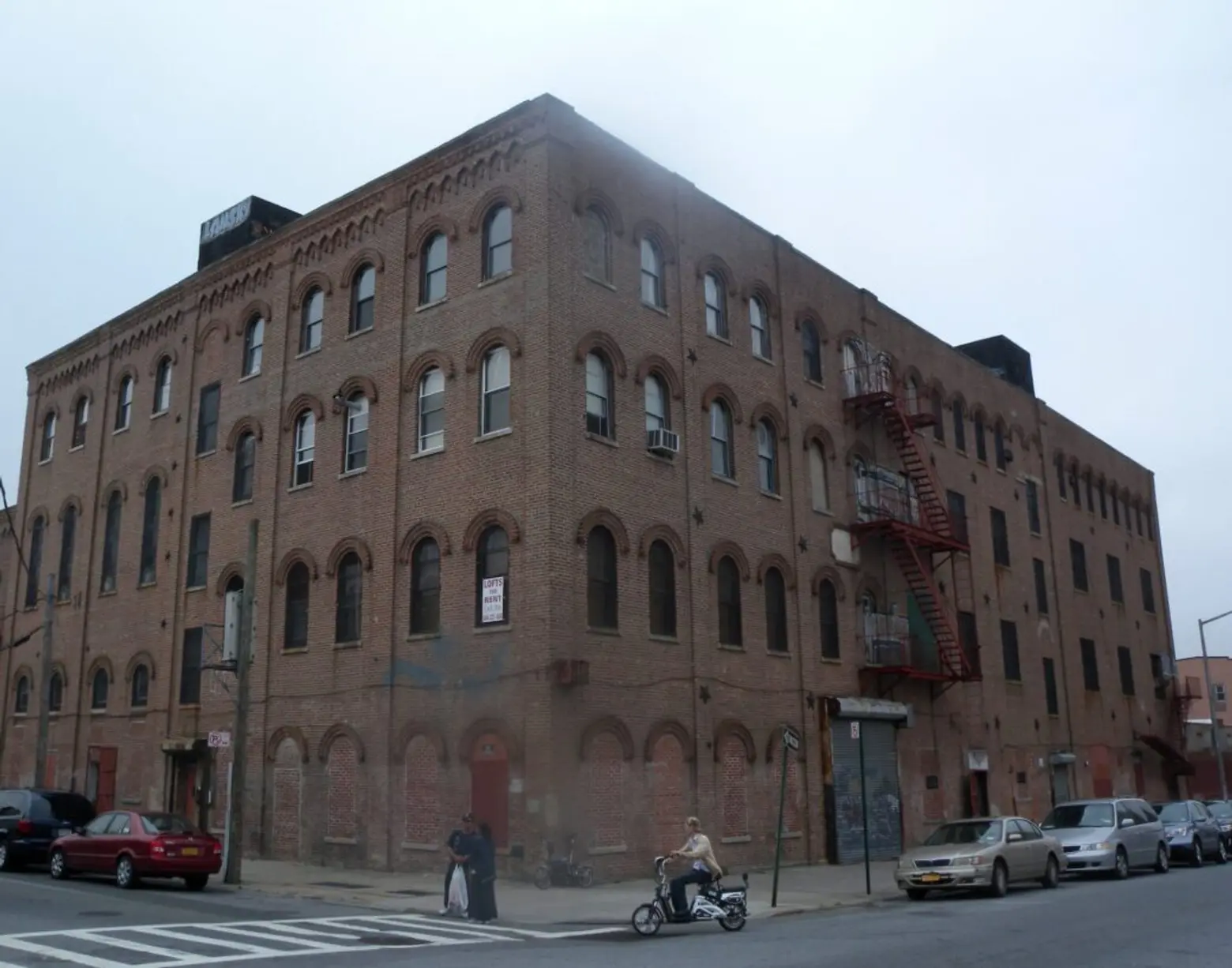
“These nominations reflect generations of community building, planning, and activities that give us a glimpse into our collective past as New Yorkers,” Hochul said.
“Identifying these resources and adding them to our historic registers expands our ongoing understanding of our shared history and are important reminders of the innovation, passion, and lived experiences of New Yorkers who came before us.”
Constructed between 1872 and 1890, the William Ulmer Brewery complex comprises four separate buildings—an office, brewhouse, engine-machine house, and a stable-storage house. The complex represents nearly five decades of beer brewing history and exemplifies the architectural and technological methods that brewers used to produce the cold temperatures needed for the brewing and aging of lager beer.
The facility expanded multiple times over the years, reflecting the popularity of lager brewing in Brooklyn as German immigrants arrived in the five boroughs during the 1800s. Larger cellars were installed beneath the main brew and cold storage house in 1872, an additional cold storage house was created in 1881, and spaces for mechanical refrigeration equipment were added in 1885.
The complex closed in 1920 and has since been used for manufacturing lights, as a retail space, as a residential space, and most recently, an immersive art installation that let New Yorkers see the inside of the historic space before it underwent a major restoration that transformed the top four floors of the building into apartments and added four floors of commercial space on its ground and cellar levels, according to Yimby.
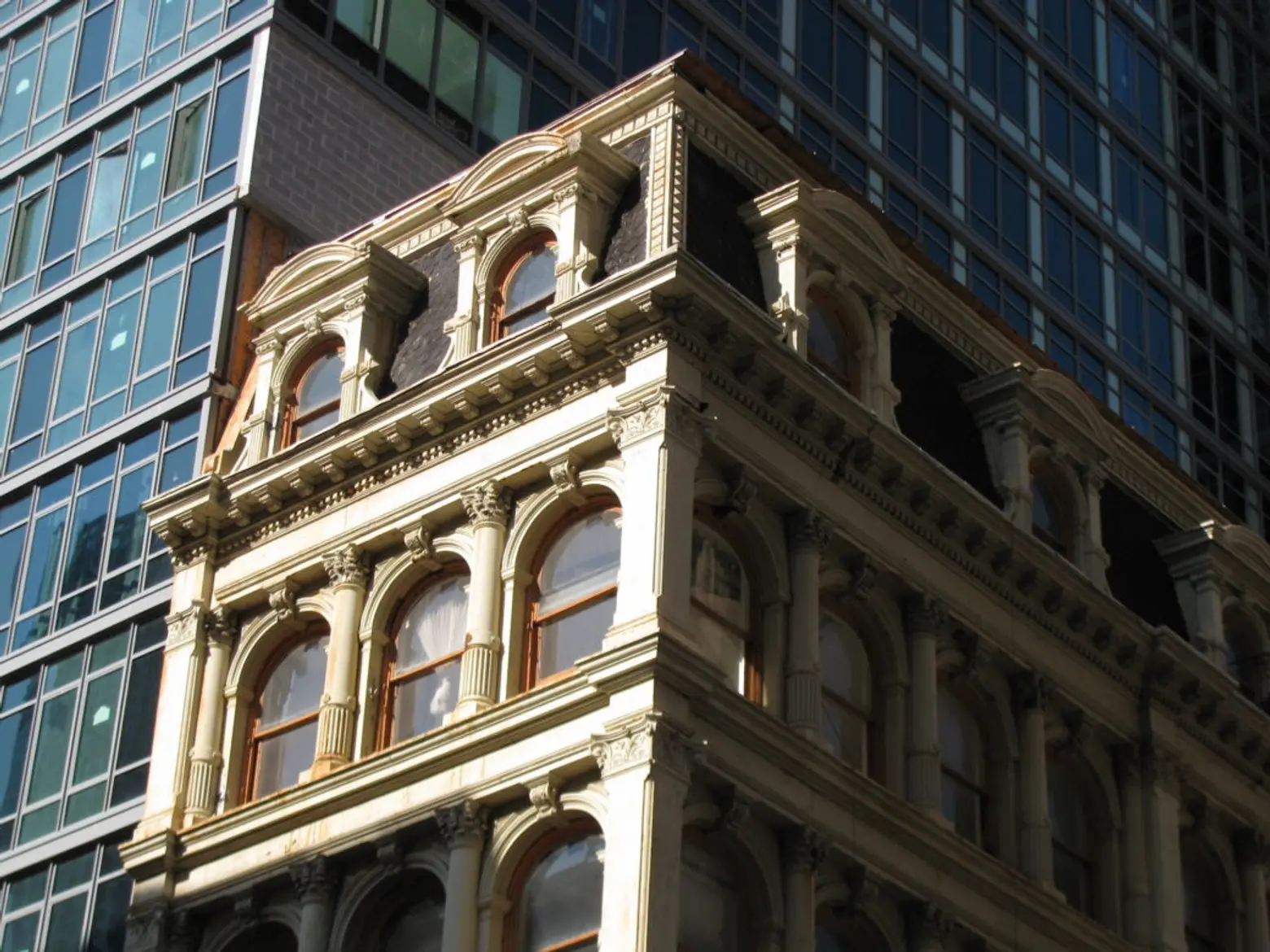
Notable for being the city’s first cast-iron office building, 287 Broadway was designed by architect John B. Snook and includes work by prominent cast-iron manufacturer Jackson, Burnet & Co. Constructed in 1872, the six-story Italianate/French Second Empire style commercial building features two rare cast-iron facades, a slate mansard roof with iron cresting atop a “modillioned cornice,” and intact ornate details like keystone-arched windows.
The building illustrates the area’s transformation from a residential corridor into the city’s main commercial center during the 19th century.
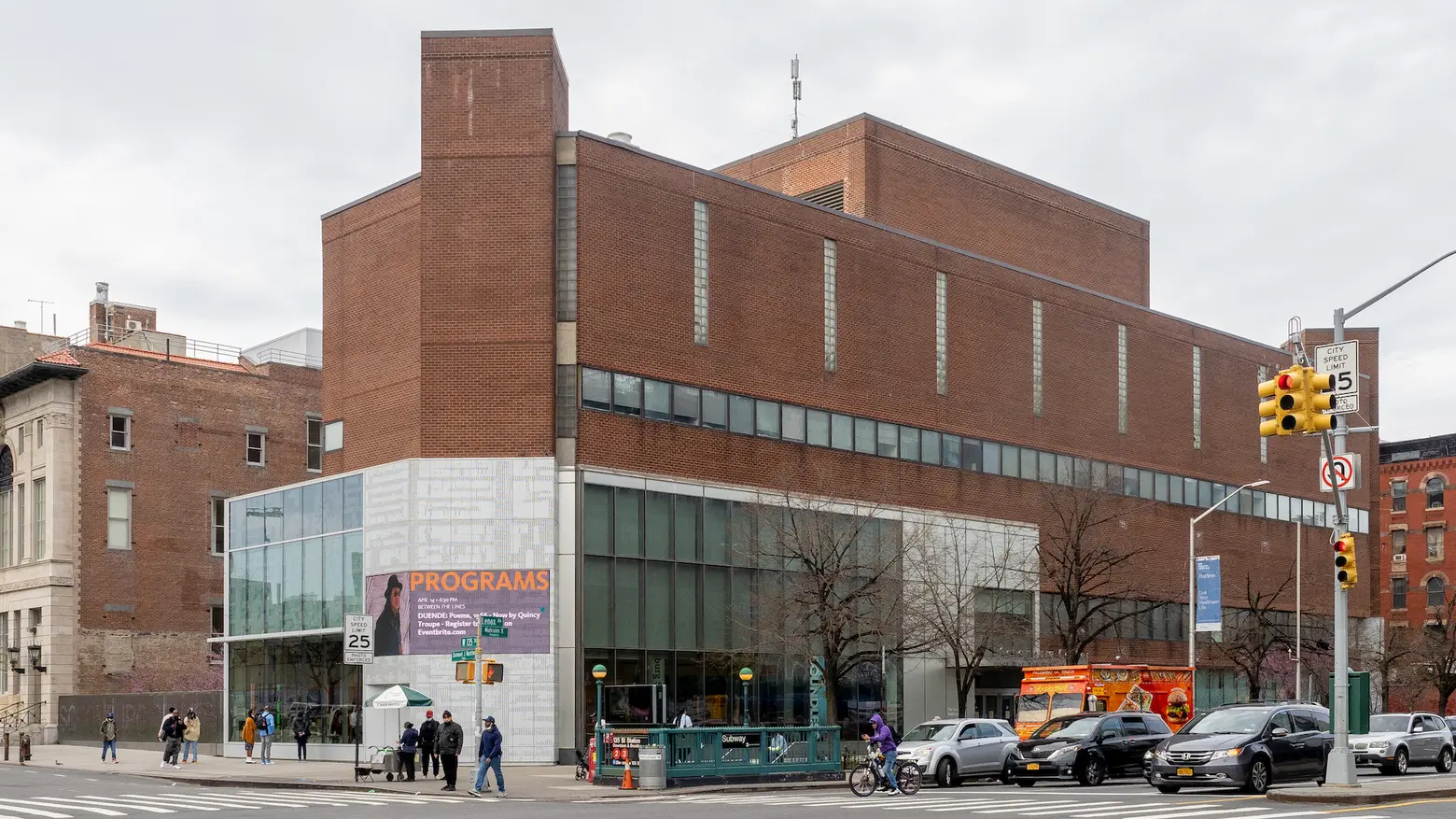
Stretching roughly ten blocks in size in Manhattan, the proposed Central Harlem North Historic District features a multitude of late 19th and early 20th-century brick and stone row houses, tenement houses, and apartment houses, as well as churches, playgrounds, restaurants, retail, a library, and a school.
The period of development in the district dates from 1893, the date of the earliest known construction in the area, to 1952. The historic district represents the development patterns of Harlem as a Black working-class neighborhood, tied to the growth of the city’s public transportation network.
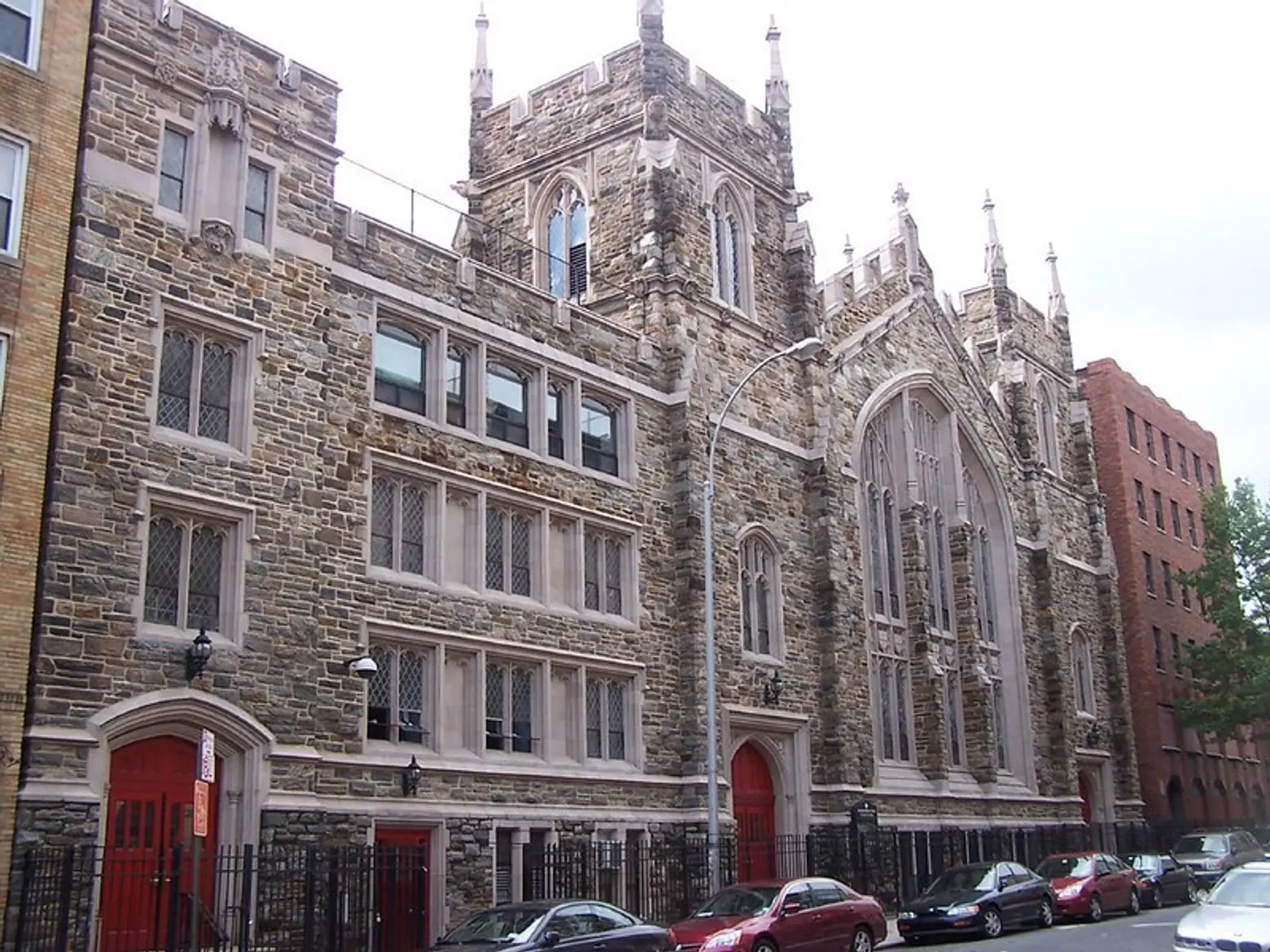
The district includes longstanding community anchors like the Schomburg Center for Research in Black Culture, Gothic Revival icon the Abyssinian Baptist Church, the Mother AME Zion Church designed by George W. Foster Jr., one of America’s first African American architects, and the West 135th Street YMCA, the city’s first purpose-built YMCA designed for the African American community.
The area also includes the home of James Weldon Johnson, one of the most influential Harlem Renaissance and early 20th-century civil rights leaders. Johnson was the National Executive Secretary of the NAACP and co-author of what would become the Black National Anthem, “Lift Every Voice and Sing.”
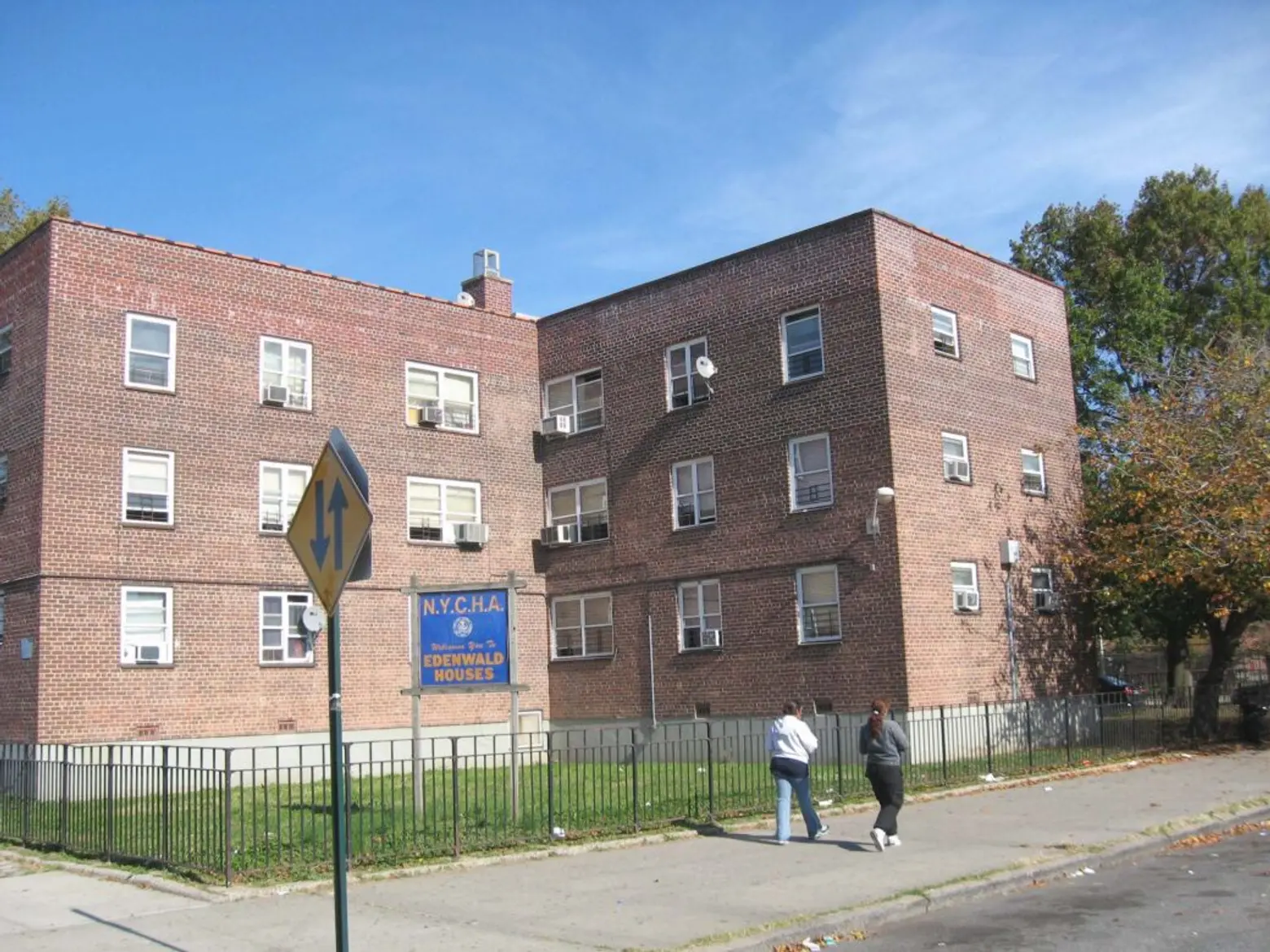
Located in the Bronx, the Edenwald Houses is a public housing complex that was constructed during one of the most unique periods of housing development in the state’s history. Developed by the NYC Housing Authority (NYCHA) in 1953 to address a housing shortage following the end of World War II and the return of veterans, the complex illustrates a significant change in governmental involvement in the community planning process.
The Edenwald campus is composed of 40 residential buildings and one community facility building. The complex includes brick-clad 3 and fourteen-story buildings that have been in continuous use since they were constructed and are an example of NYCHA’s signature use of simple, functional design during that period. The buildings were designed to preserve open space, provide fresh air and light for residents, and feature open green space.
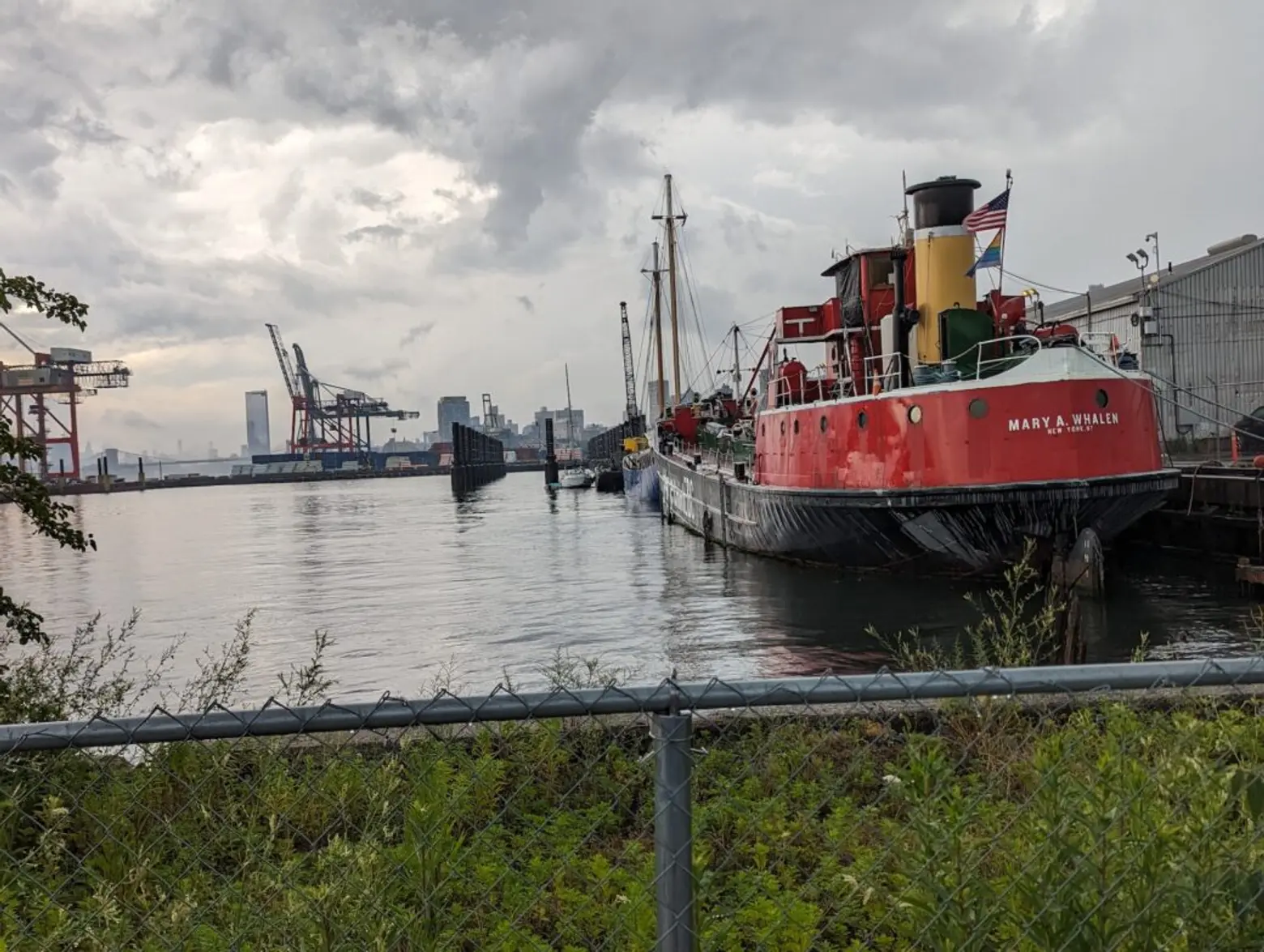
Other nominations in NYC include the NYCHA’s Manhattanville Houses, the Talmud Torah Atereth Israel synagogue in East New York, and the Tanker Mary A. Whalen ship at Pier 11 at the Atlantic Basin in Brooklyn. Located in Manhattanville, the NYCHA development was built between 1958 and 1961 and designated for use by middle-income families and did not rely on federal funding, which was unusual for the time.
Designed by architect William Winters in the Renaissance Revival style, the Talmud Torah Atereth Israel synagogue was built in 1923 for an Orthodox Eastern and Central European congregation in East New York.
Purchased in 1974 by the Ninth Tabernacle of the Church of God and Saints of Christ, a Black Hebrew Israelite congregation, much of the structure’s Judaica remains intact, including stained glass windows, a large Star of David in the sanctuary, and its original facade design and architectural features.
Built in 1893, the tanker “Mary A. Whalen“ is a rare example of an early 20th-century steel, lap-welded coastal oil tanker. The tanker still retains its original configuration, “alternate strake shell plating,” original “direct reversible diesel power plant,” and a rare “bell boat” that was widely used during the 1930s on ships as a means of communication.
The tanker was listed on the National Register of Historic Places in 2012. This amended nomination updates the tanker’s location from Pier 9b at the Red Hook Container Terminal to nearby Pier 11 at the Atlantic Basin. The amendment also adds additional information about its national significance due to its role in the 1975 Supreme Court case Reliable Transfer v. United States, which enacted a “new precedent in maritime collision law that liability should be determined in proportion to fault,” according to a press release.
The course case followed an incident where the “Mary” went aground on the Rockaways in Queens right in 1968 due to a faulty Coast Guard light. The tanker’s owners blamed the Coast Guard for the accident, and after the case reached the Supreme Court in 1975, they ruled that blame in maritime accidents should be given to those directly responsible for causing the incident, according to Red Hook Water Stories. Previously, damage inflicted during maritime accidents was split 50/50 regardless of who was at fault.
Through their placement on the state and national registers, property owners can receive a selection of state and federal historic rehabilitation tax credits to be put towards the restoration of the landmarks.
“Nominations to the State and National Registers of Historic Places are opportunities for us to pause and recognize that every day we live with historic infrastructure that not only has a past but can and does have a future,” Erik Kulleseid, New York State Office of Parks, Recreation and Historic Preservation Commissioner, said.
“In addition to the stories these places can tell, they are also valuable resources to consider for today, especially since communities throughout the state are interested in investing in their historic resources for revitalization projects, housing initiatives, and economic development.”
RELATED:
Interested in similar content?
Leave a reply
Your email address will not be published.











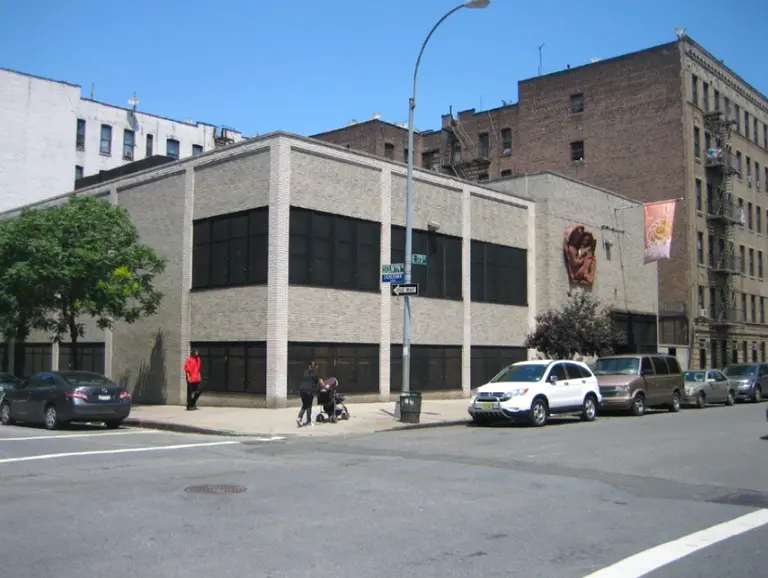
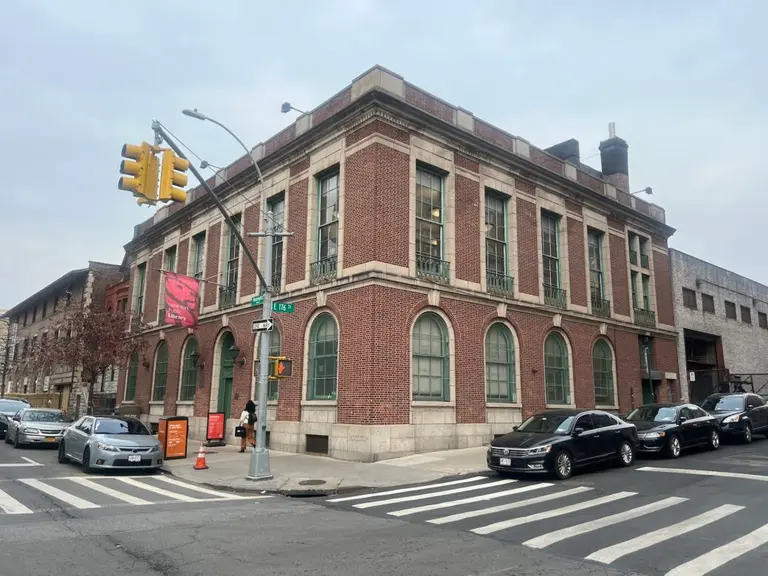


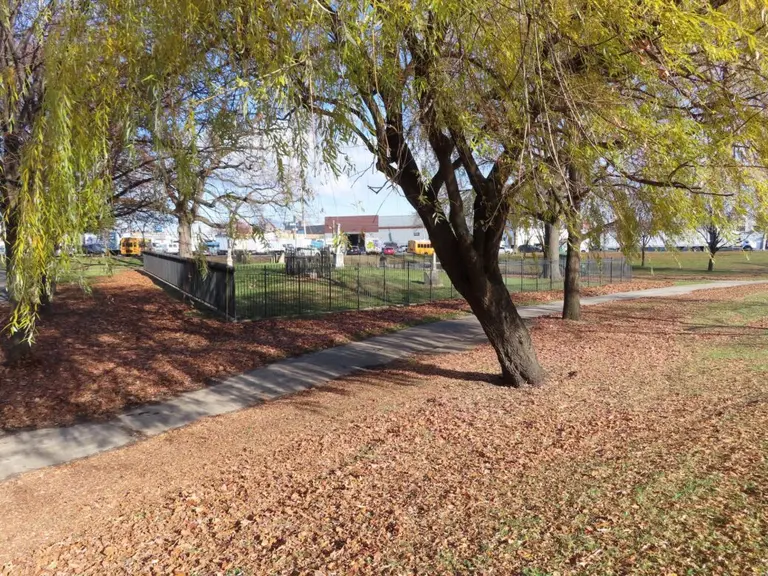
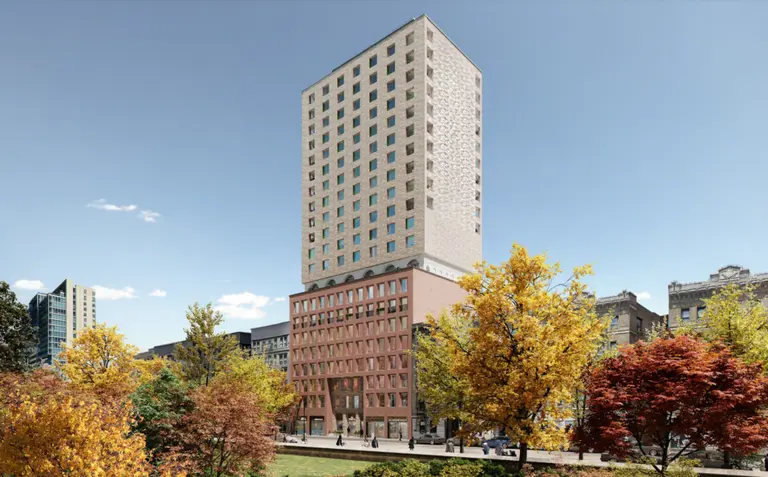












thanks for covering historic preservation The tanker MARY A. WHALEN was listed on the National Register of Historic Places in 2012 not 2021. The nonprofit PortSide NewYork applied to have “national significance” added to that listing. That was the change of note here. This was approved by the state and the National Park Service, and it’s final.
I was delighted to read your article about the proposed Central Harlem North Historic District. However, the link to the nomination report PDF is dead. I would very much like to read the report.
Could you please send the PDF to me by email? Or direct me the where I can download it?
I cannot find it with Google.
Thanks!